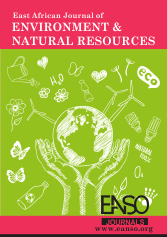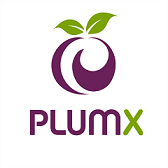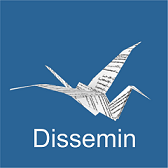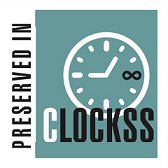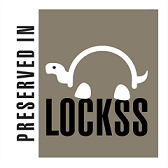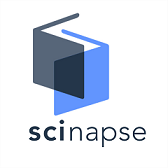Evaluation of Non-revenue Water Management: A Case Study of Lodwar Water Supply in Lodwar Municipality, Kenya
Ikisiri
This paper scrutinises the availability and effectiveness of non-revenue water management practices at Lodwar Water Supply, which serves an urban populace in Arid, Northern Kenya. The case study is representative of medium-sized water utilities serving populations in water-scarce areas within developing countries. Challenges encountered by water utilities in developing countries are unique, and their resolution requires context-specific approaches. For instance, Lodwar water supply posted an estimated 52% non-revenue water in a recent assessment by Kenya’s water services regulatory agency (WaSREB). The utility lost half of its production. This is unacceptable for a water utility serving an arid service area with 43% water coverage. This paper documents the findings of a causal study conducted to identify probable reasons for the water utility performance and develop recommendations to reverse the worsening non-revenue water trend. Four aspects were identified for scrutiny at the water utility; these were: Availability of strategies, methods, and policies for non-revenue water reduction; Employee and Consumer awareness of non-revenue water management; Techniques for enumeration of components of non-revenue water and the nexus between the foregoing and the prevailing poor non-revenue water and overall performance of the water utility. Three hundred eighty-five questionnaires were administered to consumers, randomly sampled across the selected study area. This was followed by a non-quantitative audit of non-revenue water practices by the water utility and focused group discussions with top management and technical staff at the water utility. This study established the absence of deliberate strategies for control of non-revenue water by the water utility as the critical reason for the unacceptably poor non-revenue water and overall performance of Lodwar Water Supply. Recommendations for mitigation of non-revenue water included the establishment of zone-specific, updated consumer database; DMAs with functional inflow meters; acquisition of meter testing and calibration system; institution of active leakage control initiatives and personnel capacity development
Upakuaji
Marejeleo
AWWA. (2020). Improve Water Audits and Minimise Non-revenue Water. American Water Works Association.
Cetrulo, T. B., Ferreira, D. F. C., Marques, R. C., & Malheiros, T. F. (2020). Water utilities performance analysis in developing countries: On an adequate model for universal access. Journal of Environmental Management, 268, 110662. https://doi.org/10.1016/j.jenvman.2020.110662
Faber, S., & Radakrishnan, M. (2019). Roadmap to non‑revenue water reduction and management. Boosting Effectiveness of Water Operators’ Partnerships (BEWOP). https://bewop.un-ihe.org/sites/bewop.un-ihe.org/files/01_non-revenue_water_reduction-1.0c.pdf
Kaslik, P. (2019). Foundations in Statistical Reasoning. LibreTexts. https://stats.libretexts.org/Bookshelves/Introductory_Statistics/Foundations_in_Statistical_Reasoning_(Kaslik)/01%3A_Statistical_Reasoning
Mugabi, J., Kayaga, S., & Njiru, C. (2007). Strategic planning for water utilities in developing countries. Utilities Policy, 15(1), 1– 8. https://doi.org/10.1016/j.jup.2006.10.001
WASREB. (2018). Non-Revenue Water Audit of Water Service Providers: Findings and Recommendations (Final Report). Water Services Regulatory Board. https://wasreb.go.ke/downloads/Wasreb%20NRW%20Audit%20Report%20of%20WSPs%20Final%20Report%20August%202018.pdf
WASREB. (2021). A Performance Report of Kenya’s Water Services Sector—2019/20 (Impact Issue No. 13/21). Water Services Regulatory Board. https://wasreb.go.ke/downloads/WASREB_Impact_Report13.pdf
Copyright (c) 2023 Keya Mucholwa Wanjala Augustus, Ezekiel Nyangeri Nyanchaga, PhD, Bernard N. Kimani Njoroge, PhD

This work is licensed under a Creative Commons Attribution 4.0 International License.

